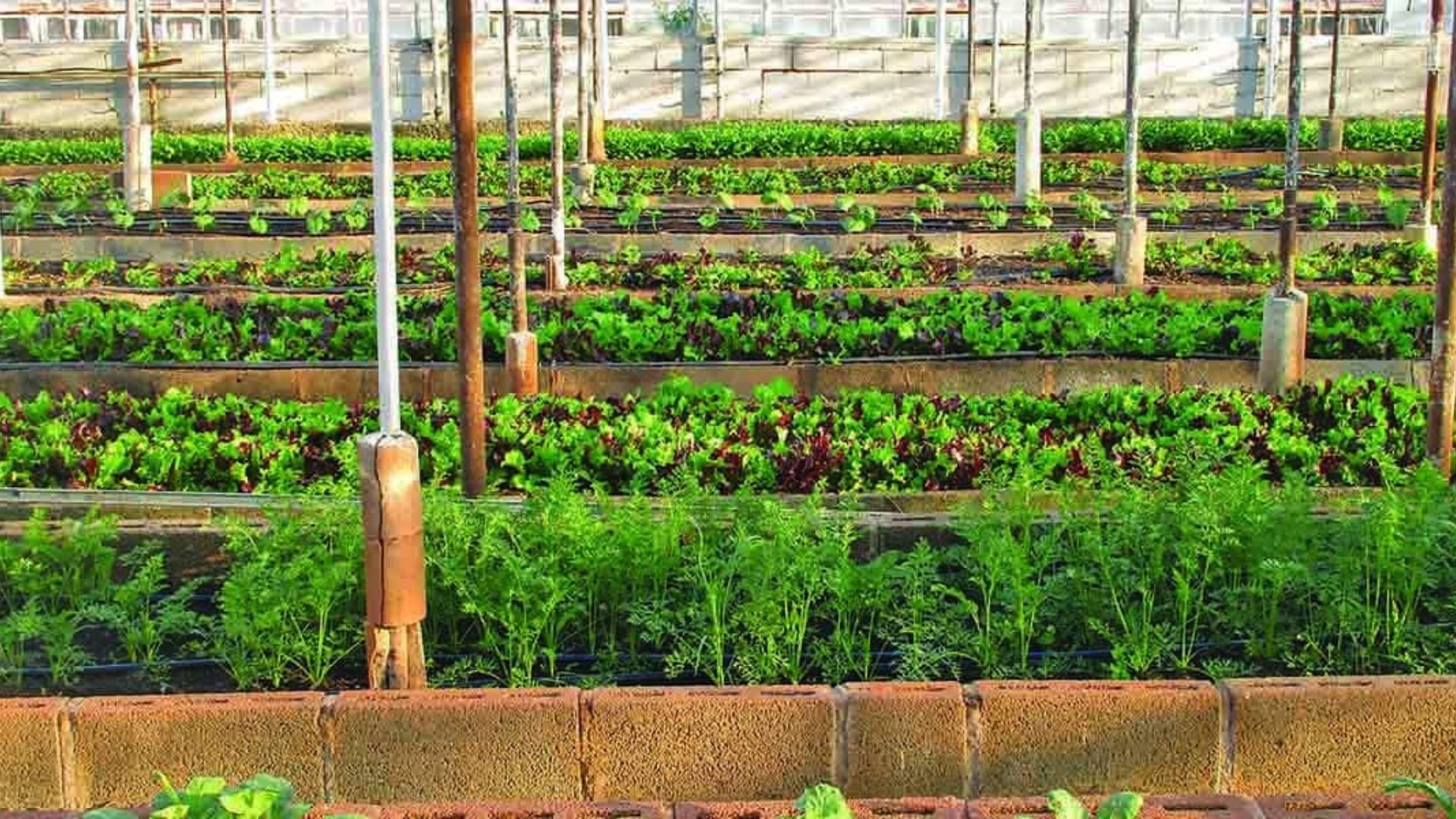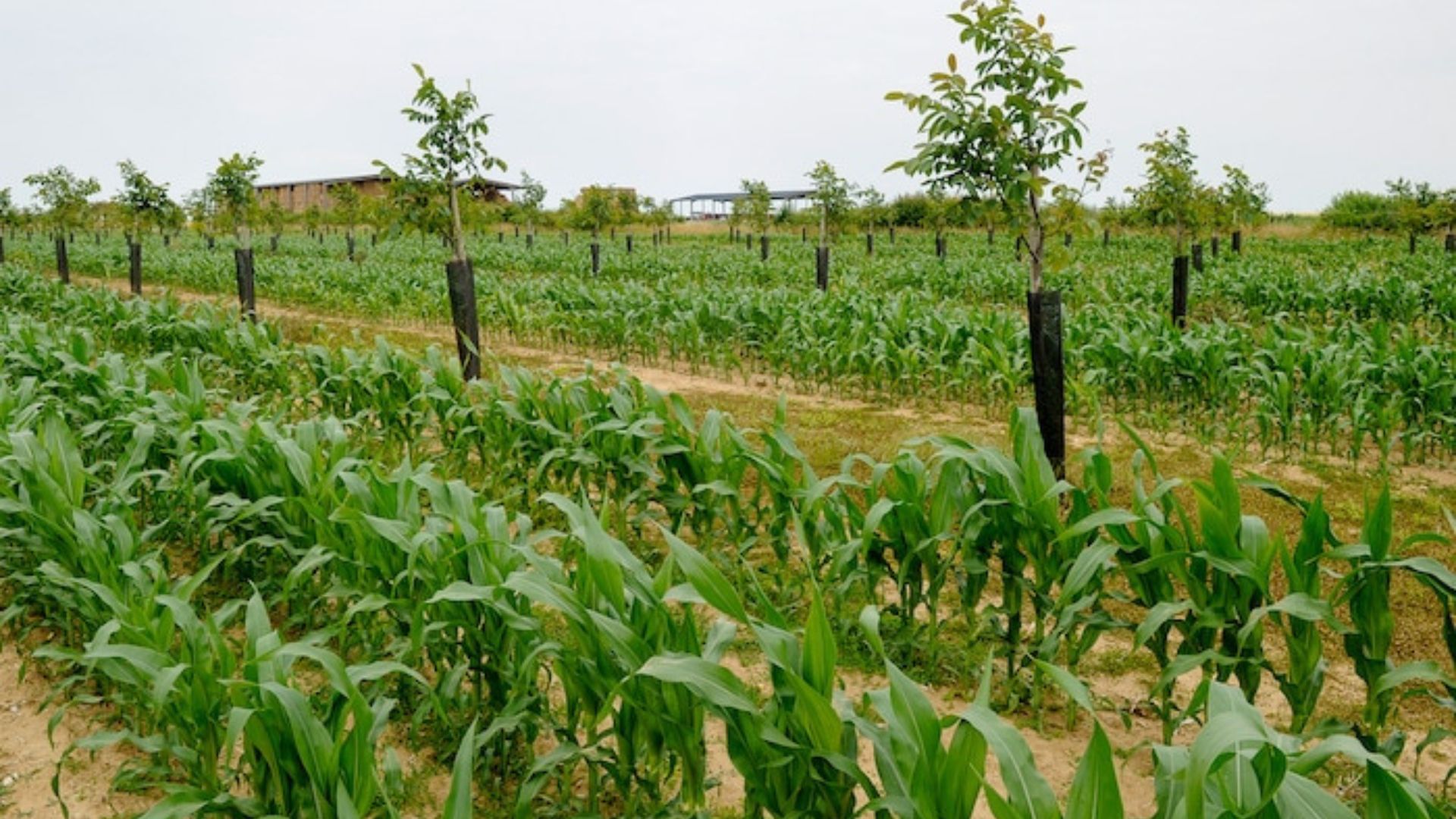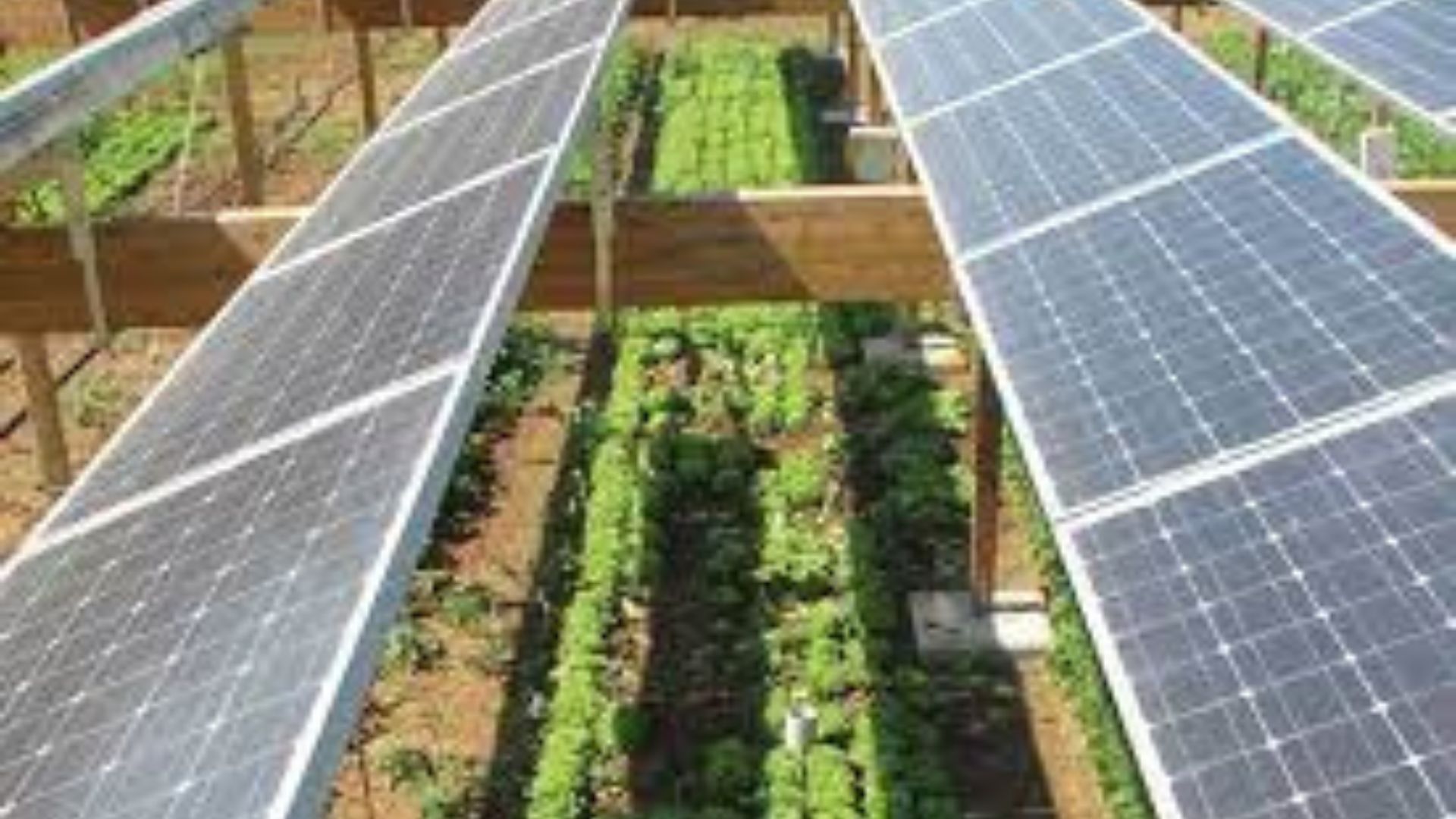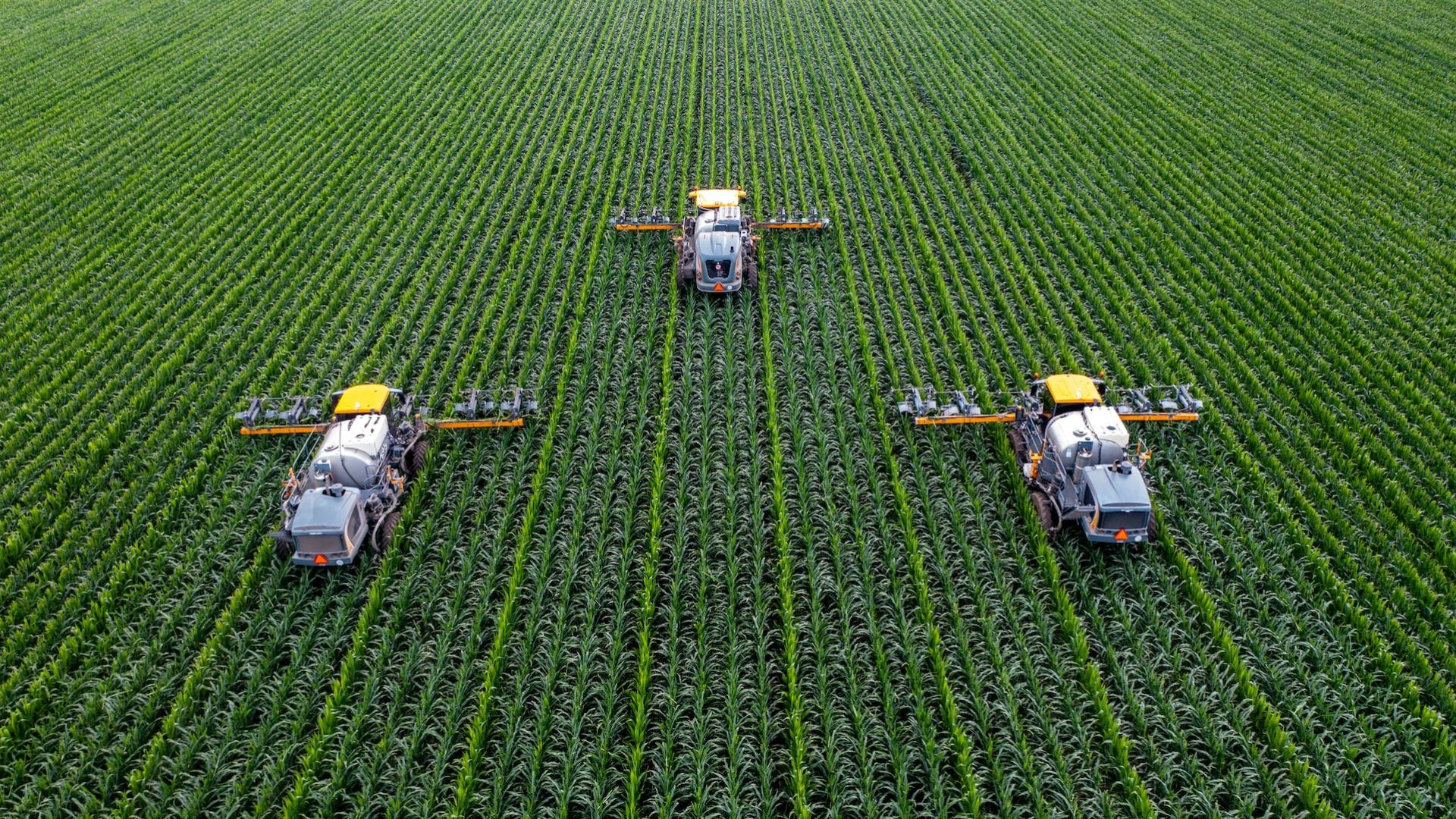Small farms use green farming techniques to maximize productivity while protecting the environment. Across South Africa and worldwide, small-scale farmers are adopting sustainable methods that combine traditional practices with modern innovations. By implementing eco-friendly approaches, these farms increase crop yields, improve soil health, and reduce chemical use. Small farms can compete with larger operations by using efficient green techniques that save resources and support long-term sustainability.

Benefits of Green Farming on Small Farms
Green farming provides several advantages for small-scale operations. First, it enhances soil fertility through organic practices. Second, it reduces costs by minimizing chemical fertilizer and pesticide use. Third, it improves water efficiency, which is crucial for areas with limited resources. Additionally, small farms adopting green techniques contribute to environmental protection, promote biodiversity, and offer healthier food options for local communities.
Economic Advantages
Small farms that implement green farming techniques can boost income and reduce expenses. By increasing crop yields naturally, farmers sell more produce at local markets. Reduced chemical input lowers operational costs, and sustainable practices can attract environmentally conscious consumers. Small farms also benefit from government grants and subsidies aimed at promoting eco-friendly agriculture.
Environmental Advantages
Green farming techniques protect natural resources. Composting, crop rotation, and integrated pest management prevent soil depletion and reduce chemical runoff. Water-efficient irrigation systems conserve water, while agroforestry and cover cropping enhance biodiversity and prevent erosion. By following sustainable practices, small farms reduce their environmental footprint while maintaining high productivity.
Essential Green Farming Techniques for Small Farms
Several practical techniques help small farms achieve sustainable, high-yield farming. These methods are cost-effective and adaptable to limited space.
1. Crop Rotation
Rotating different crops prevents nutrient depletion and reduces pest and disease buildup. For example, planting legumes after cereals naturally restores nitrogen to the soil. Crop rotation also improves soil structure and increases long-term productivity, making it one of the most effective green farming techniques.
2. Organic Fertilizers and Composting
Using compost and organic fertilizers enriches soil without harmful chemicals. Small farms can recycle plant residues, kitchen scraps, and livestock waste into nutrient-rich compost. Organic inputs improve soil fertility, enhance water retention, and promote healthy microbial activity, all while reducing environmental harm.
3. Integrated Pest Management (IPM)
IPM combines biological, mechanical, and cultural approaches to manage pests. Using natural predators, trap crops, and crop diversity reduces the need for chemical pesticides. IPM protects crops, promotes safer food, and maintains ecological balance on small farms.
4. Water-Efficient Irrigation
Water management is vital for small farms. Drip irrigation, mulching, and rainwater harvesting conserve water while maintaining soil moisture. Efficient irrigation ensures plants receive adequate hydration, even during dry periods, helping small farms sustain high yields with minimal water waste.
5. Agroforestry and Cover Cropping
Integrating trees and cover crops improves soil health, prevents erosion, and enhances biodiversity. Agroforestry provides shade, attracts pollinators, and supports carbon sequestration. Cover crops protect the soil during off-seasons, prevent nutrient loss, and maintain productivity.
6. Raised Beds and Vertical Farming
Raised beds improve drainage, soil aeration, and accessibility. Vertical farming systems maximize space for small farms with limited land, especially in urban or peri-urban areas. Both techniques help optimize resources while increasing overall production.
Tools and Technology
Even small farms benefit from affordable technology. Soil moisture sensors, small-scale irrigation timers, and farm management apps provide data to optimize inputs. Drones or camera monitoring can detect pest or disease problems early. Combining simple technology with green techniques ensures that small farms remain productive and sustainable.
Challenges and Solutions
Small farms may face challenges when adopting green farming techniques, including initial setup costs, lack of technical knowledge, and limited access to resources. These issues can be addressed through government programs, cooperative support, and community knowledge sharing. Training workshops and online resources help farmers implement techniques effectively and maintain long-term sustainability.
Conclusion
Small farms use green farming techniques to boost productivity, save resources, and protect the environment. Methods such as crop rotation, organic fertilizers, integrated pest management, water-efficient irrigation, agroforestry, and vertical farming allow small farms to thrive sustainably. By adopting these practices, small-scale farmers in South Africa and worldwide can ensure higher yields, improved soil health, and resilient operations. Green farming empowers small farms to be competitive, eco-friendly, and capable of providing healthy food for communities.










